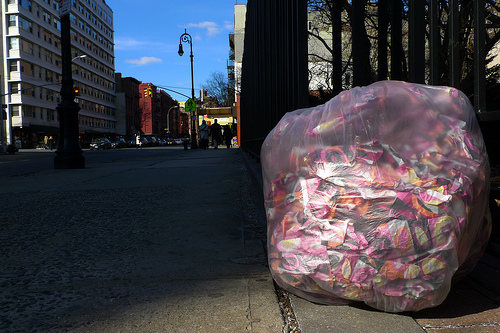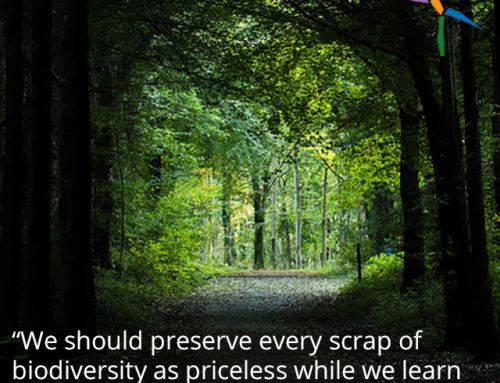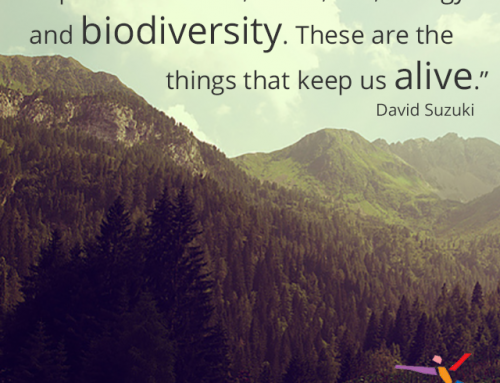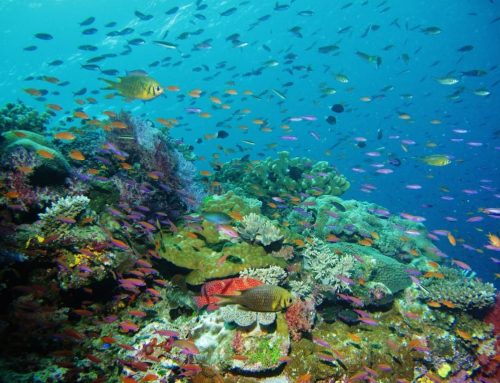The other day, we were trying to find out how much land was allotted to landfills in the United States. That number, by the way, is actually harder to find than you might think. In our search to find that number, though, we learned a lot about landfills and their history. And what we discovered is that, while landfills were designed to make the process of disposing of our (tons and tons and tons of) trash more earth-friendly; they’ve created an entirely new problem in the form of “trash miles.” Trash miles, much like food miles, are the number of miles that your trash had to be transported (and the subsequent pollution created) in order to be put in a landfill. Let’s take a jaunt down the trash disposal history lane to explain what we mean.
Pre 1976: Your Trash Goes to the Dump
Before 1976, your garbage went to your local dump. Later on, remember that the key word in that sentence is “local.” While local is a good thing, the dumps were not. In fact, they were pretty much eco-disasters. The liquids that got dumped into the dump all found their way to the bottom of pile, and from there they infiltrated the also local soil and groundwater. The mixed substance of all of the liquids was called “leachate.” It was bad then – but think about how much worse it would be now with the intense chemical (and pharmaceutical) components in many people’s trash. On top of the leachate, the rotting garbage in the dumps released tons of methane. You may recall that methane is a greenhouse gas and that it’s twenty-times more potent than carbon dioxide. In short, from an environmental standpoint, the dumps were a dump.
1976 – The Resource Conservation and Recovery Act
The Resource Conservation and Recovery Act of 1976, as well as its subsequent amendments, turned dumps into landfills and made landfills safer for the planet. The law mandated that trash disposal facilities line their landfill holes with layers of plastic, clay or both. The layers, combined with a below-ground piping system, then collected all of the toxic leachate and sent it along its way to a sewage treatment facility. In addition to that, landfill operators had to install pipes to vent the methane gas and then burn it off. While that still creates a greenhouse gas, it is in its less-potent form of carbon dioxide. In some cases, the landfills even managed to take advantage of the methane venting process to leverage it for power turbines or to turn it directly into liquid natural gas.
If this all sounds fantastic and eco-friendly, you are right that it’s an improvement. A big, important improvement. But there were drawbacks as well.
More Complicated Landfills Mean More Need for Economy of Scale
The landfills that we described above aren’t easy (or cheap) to build or operate. That meant that it wasn’t practical or cost-effective to build many of them that were located close by to the source of their actual trash. In 1986, there were 7683 landfill locations in the United States. By 2009, there were only 1908. Yes, that’s a decline of seventy-five percent in less than twenty-five years. And don’t get excited that it’s because we’re generating less trash. So, in order for trash to get from point a to point b, it needs to travel. Here’s an excellent example from an article on Slate of how that creates environmental waste.
“Thirty years ago, a bag of garbage dropped down a chute in Manhattan would have traveled just a few miles by barge to the aptly named Fresh Kills facility on Staten Island. (Until 1931, the city dumped most of its trash in the Atlantic Ocean.) Today, it would likely make an overland journey to Ohio, Pennsylvania, or West Virginia. One ton of garbage traveling 500 miles by train from New York to the Mountain State would generate115 pounds of carbon dioxide. If New York City shipped all of its trash to West Virginia the commute would produce 760,000 tons of CO2 each year.”
Of course, it’s nearly impossible to say if the waste generated by the new system is better or worse than with the old system. What’s the solution? Of course it’s to recycle more and waste less. But our landfills, much like our food, are treated with an “out of sight, out of mind” theory. Because we don’t have to drive past local, steaming piles of garbage dumps any longer, we no longer think about where our trash goes. And that’s a bigger problem.
What’s the solution? You tell us. Comment below or tell us about it on Facebook, Twitter, Pinterest or Instagram.
Related Information
A Stroll Through a Neighborhood on Trash Day
Photo Credit: Steve and Sara Emry via Flickr





